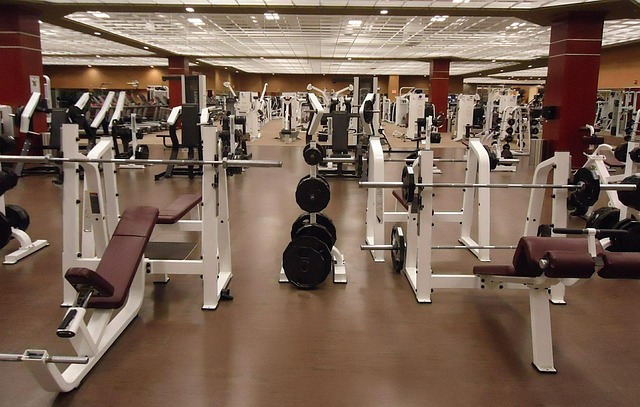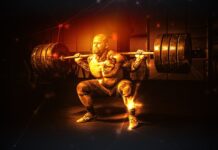Introduction
Pull-ups are a challenging and highly effective upper body exercise that engages a variety of muscles. Knowing which muscles are involved in this exercise can help you understand its benefits and ensure proper form. In this article, we’ll take a detailed look at the key muscle groups used during pull-ups. By understanding the anatomy behind the movement, you’ll be better equipped to perform pull-ups effectively and maximize their impact on your strength and muscle development.
Latissimus Dorsi: The Primary Mover
The latissimus dorsi, often referred to as the “lats,” are the primary muscles engaged during pull-ups. Located on either side of your back, the lats are responsible for the pulling motion that lifts your body upwards. As you pull yourself towards the bar, your lats contract, driving the movement.
Rhomboids and Trapezius Muscles
The rhomboids and trapezius muscles play a crucial supporting role in pull-ups. The rhomboids, located between your shoulder blades, stabilize your shoulder blades and help maintain proper posture throughout the exercise. The trapezius muscles, which run from your neck to your mid-back, assist in the pulling motion and help control the movement.
Biceps Brachii: The Secondary Mover
While the lats are the primary muscle group, the biceps brachii in the front of your upper arms play a significant role in pull-ups. As you pull yourself up, your biceps work to flex your elbows, contributing to the lifting motion. This secondary engagement of the biceps enhances the overall strength and effectiveness of the exercise.
Forearm Muscles
The muscles of the forearm, including the brachialis and brachioradialis, also come into play during pull-ups. They assist in elbow flexion and help stabilize your grip on the bar. Strengthening these muscles is essential for maintaining a secure grip throughout the exercise.
Deltoids: Shoulder Support
The deltoid muscles, located at the top of your shoulders, play a stabilizing role during pull-ups. They help control the movement of your arms as you lift your body, ensuring proper alignment and reducing the risk of shoulder strain or injury.
Core Muscles for Stability
While not directly involved in the pulling motion, your core muscles play a vital role in stabilizing your body during pull-ups. Engaging your core helps maintain proper form and prevents excessive swinging or arching of the back, ensuring a controlled and effective movement.
Conclusion
Understanding the muscles involved in pull-ups provides valuable insight into the effectiveness of this challenging exercise. The latissimus dorsi, rhomboids, trapezius, biceps brachii, forearm muscles, deltoids, and core all work in synergy to lift your body toward the bar. By focusing on proper form and incorporating targeted exercises to strengthen these muscle groups, you can enhance your pull-up performance and reap the full benefits of this dynamic upper-body exercise.





